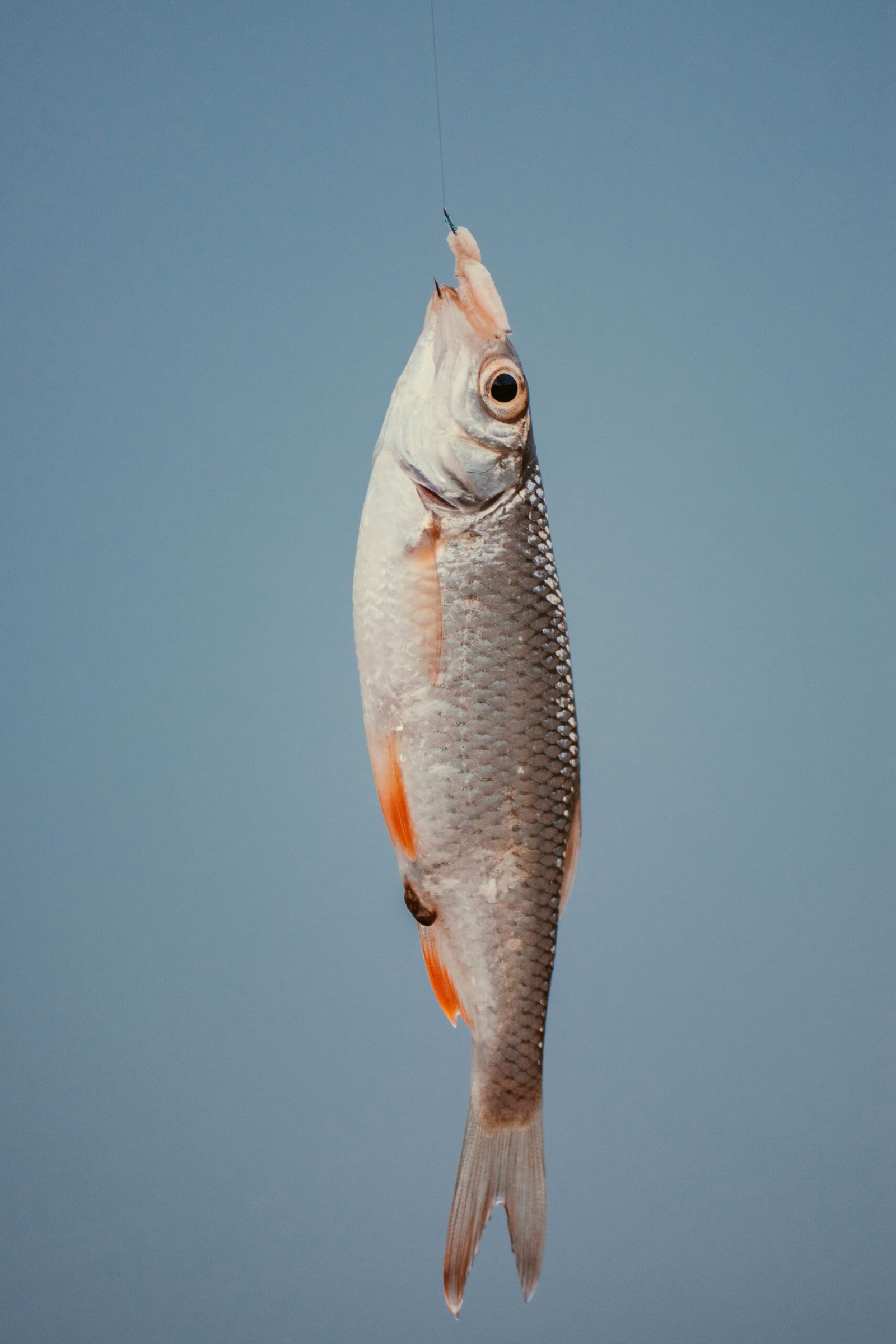Fly fishing is an art form as much as it is a sport, offering a unique communion with nature, a test of skill, and a gateway to the meditative rhythms of rivers and streams. Central to this experience are the fly rod and reel, the yin and yang of fly fishing gear, whose balance and compatibility define the essence of the angler’s quest for the perfect catch. This comprehensive guide will walk you through everything you need to know about choosing the right fly rods and reel fly rods, ensuring your time on the water is both productive and enjoyable.
The Importance of Choosing the Right Fly Rod
The fly rod is the angler’s primary tool, a slender wand that must be strong enough to fight a fish, yet flexible enough to cast the fly with precision and grace. The choice of a fly rod can make or break the fishing experience, influencing not just the ability to catch fish, but also the enjoyment of the casting process itself.
Understanding Fly Rod Characteristics
Rod Length
The length of a fly rod affects its casting ability, the size of the fish it can handle, and the types of water it is best suited for. Rods typically range from 7 to 10 feet, with 9 feet being the standard for most freshwater applications. Shorter rods offer better control in tight spaces, while longer rods provide more reach and leverage for casting over larger waters or battling bigger fish.
Rod Weight
Rod weight is a critical factor to consider. It denotes the weight of the fly line that a rod is designed to cast efficiently. Weights from 1 to 3 are ideal for small streams and delicate presentations of small flies to wary fish. Mid-range weights, 4 to 6, are versatile for a variety of freshwater scenarios, and weights 7 and above are tailored for larger fish, windy conditions, and saltwater environments.
Rod Action
The action of a fly rod describes its flex pattern and how it casts. Fast-action rods bend mostly near the tip, offering power and distance for windy conditions and big water. Medium-action rods flex through the midsection, providing a balance of power and precision, ideal for a wide range of conditions. Slow-action rods, bending deeply into the butt, excel in short, precise casts, perfect for small streams and delicate presentations.
The Synergy of Reel Fly Rods
Selecting the right reel to complement your fly rod is equally important. The reel holds the line, provides smooth and reliable drag to fight fish, and balances the rod to enhance casting and handling.
Reel Size and Weight
The reel size should match the weight of your rod and line, ensuring a balanced outfit. Reels are typically sized by line weight, and choosing a reel that is too heavy or too light can throw off the balance of your rod, affecting casting accuracy and fatigue over a day of fishing.
Drag System
The drag system on a reel controls the amount of resistance a fish feels when it pulls on the line. A smooth, adjustable drag is crucial for fighting and landing fish effectively. There are two main types of drag systems: disc drag and click-and-pawl. Disc drags offer more adjustability and are suited for larger fish, while click-and-pawl drags are simpler, with enough resistance for smaller fish and a classic feel.
Material and Durability
Reels are made from various materials, including aluminum, graphite, and even stainless steel. Machined aluminum reels are durable and resistant to corrosion, making them a good choice for saltwater fishing. Graphite reels are lighter and less expensive, suitable for freshwater fishing and beginners.
Matching Fly Rods and Reels
When pairing rods and reels, balance is key. A well-matched set will feel like an extension of your arm, allowing for effortless casting and increased sensitivity to strikes. To achieve this harmony, consider the overall weight of the rod and reel together, the aesthetics, and the specific fishing conditions you anticipate encountering.
Advanced Considerations
Beyond the basics of rod and reel selection, consider the type of fishing you plan to do. Will you be stalking wary trout in clear mountain streams or casting to tarpon in windy saltwater flats? The answer will guide your choice of gear. Additionally, think about the fly lines, leaders, and tippets that will work best with your rod and reel combination, as these components also play a significant role in your fishing success.
In conclusion, choosing the right fly rods and reel fly rods is a nuanced process that combines personal preference with technical specifications. By understanding the characteristics of rods and reels and how they interact, anglers can select gear that enhances their experience on the water, making every cast and catch more rewarding. Whether you’re a novice angler or a seasoned veteran, taking the time to select the right equipment will pay dividends in your fly fishing adventures, bringing you closer to mastering the artful dance between angler, gear, and the aquatic world.

